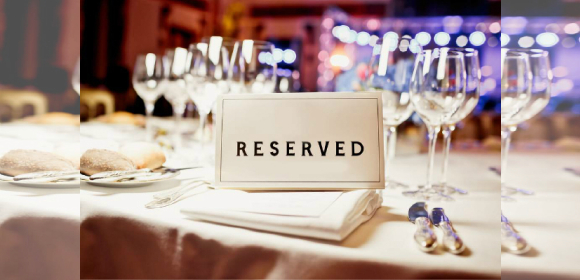18+ Place Card Examples to Download
In an event, especially the large ones, you cannot simply monitor and organize the guests and visitors as planned because you still have lots of things to attend to like welcoming them and preparing for the event proper. Even with ushers and usherettes, it is a challenge to put these guests into their respective seats as most people would like to choose their own seats.
In this regard, place cards are sure to help guide the guests and visitors to their seats. Commonly, a place card contains the guest’s name and the table number. This would also help to enable others to identify the person sitting in that particular seat by name. This article contains place card examples and designs that might be helpful to you.
Elements of an Excellent Place Card
A place card is a simple piece of paper, card stock, or any material placed on top of the table indicating the name of the guest or visitor to be seated on that particular table for a certain event. Typically, it has the following elements:
1. Guest’s name: The main element that can be found in a place card is the guest’s name. Commonly, the name of the guest is indicated on the center of the place card with font size large enough to ensure readability. The name placed on the card can be the full name of the guest or only the first name.
2. Table number: Usually, right below the name, the table number to where the person must be seated is indicated. This is to ensure that the person is sitting on the correct table number and so that even when the place card will be misplaced or transferred to another table, the number indicated will serve as a reference for the original designated table number of the guest.
3. Theme-based design: A place card can be so plain and dull when only those above two elements are indicated. In order to make it attractive, a design is usually incorporated and is commonly based on the theme of the event. For example, in a floral-themed wedding ceremony, the design of the place card should match the theme of the wedding, that is, floral. So, typically, the place card will have flower designs or any other designs related to the main theme.
4. Material: The material that you use for your table card depends on your own preference, but you may also consider the venue of your event. For example, if you are holding the event in an open space where your place card might be exposed to moisture or extreme heat of the seat, you may choose a material that is durable such as a very thick card stock or you may opt to laminate your place card. These will stand against those weather conditions, making your place card not easily torn, folded, or crumpled.
10+ Place Card Templates
Water Color Place Card
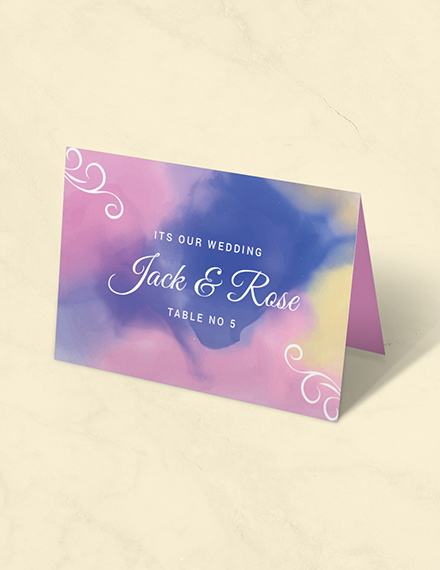
Wedding Place Card
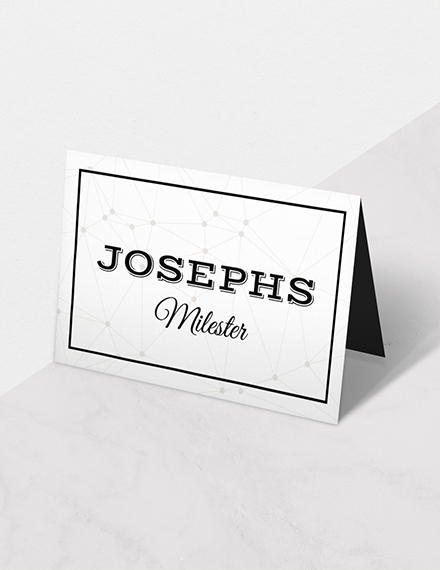
Floral Wedding Place Card
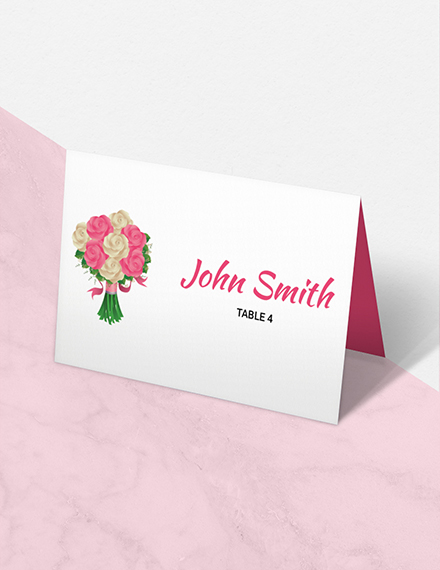
Multi Place Wedding Name Card
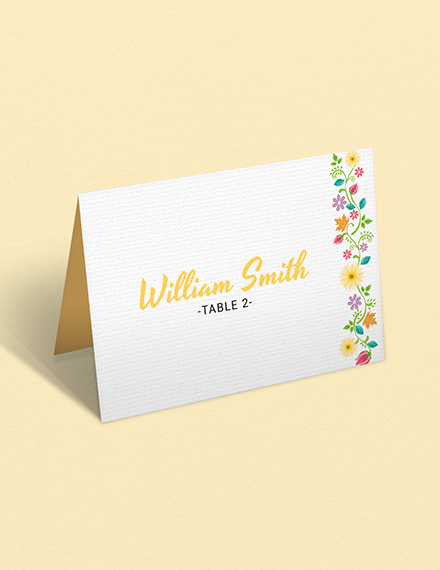
Printable Wedding Table Card
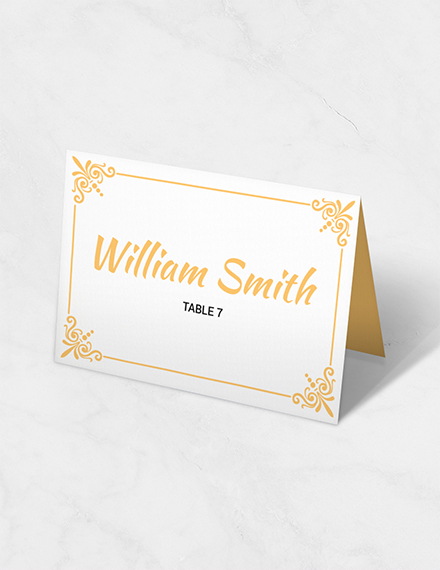
Vintage Wedding Place Card
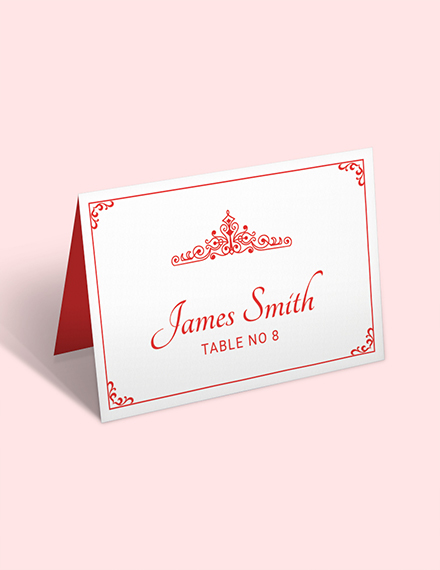
Water Color Wedding Place Card
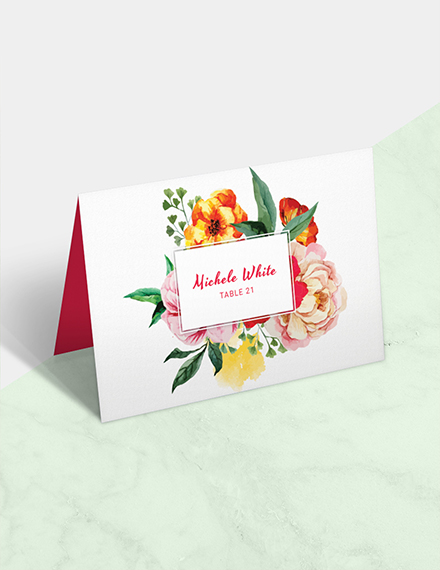
Alabaster Floral Wedding Place Card
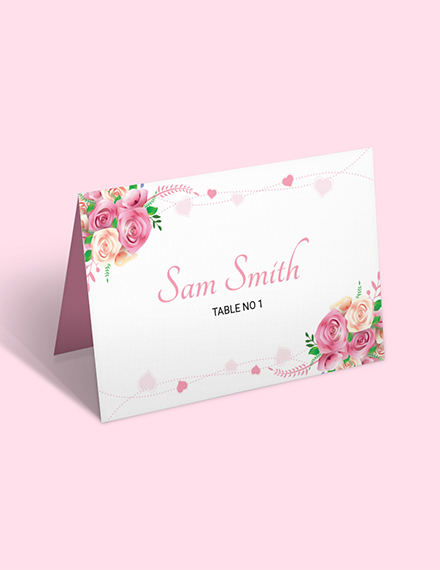
Delicate Lace Place Wedding Place Card
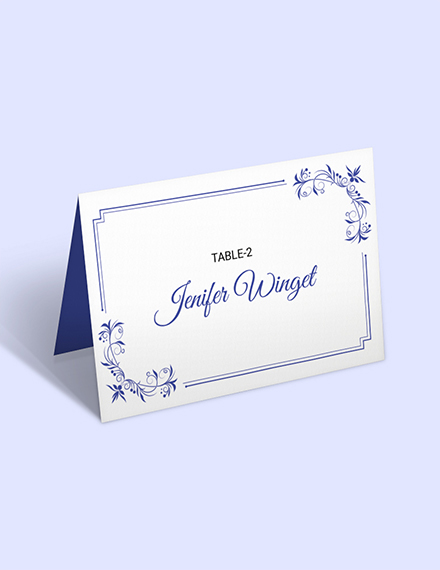
Escort Wedding Place Card

9+ Popular Place Card Examples
Annual Fall Banquet Place Card
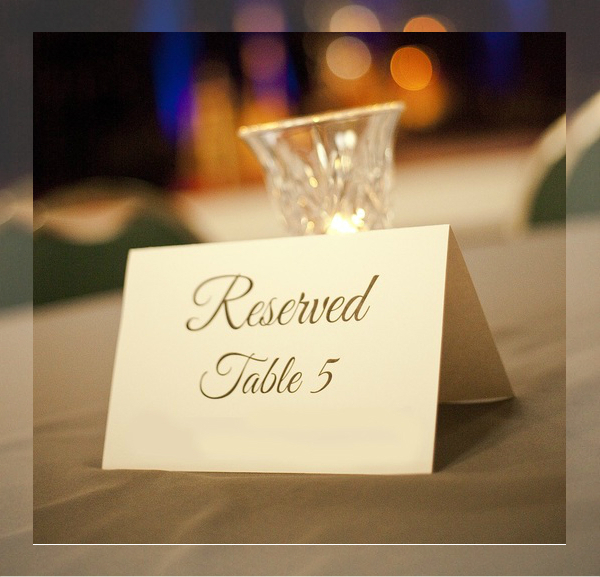
Bristol Pavilion Banquet Place Card
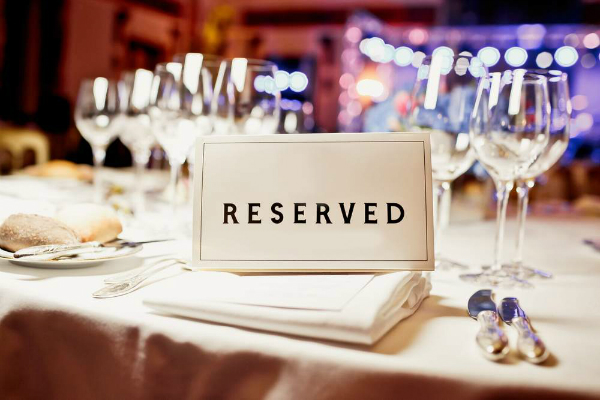
Brookstone School Banquet Place Card
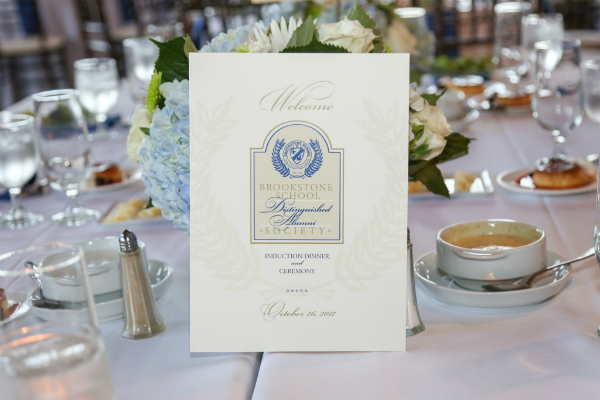
Franklin and Marshall College Alumni Menu Place Card
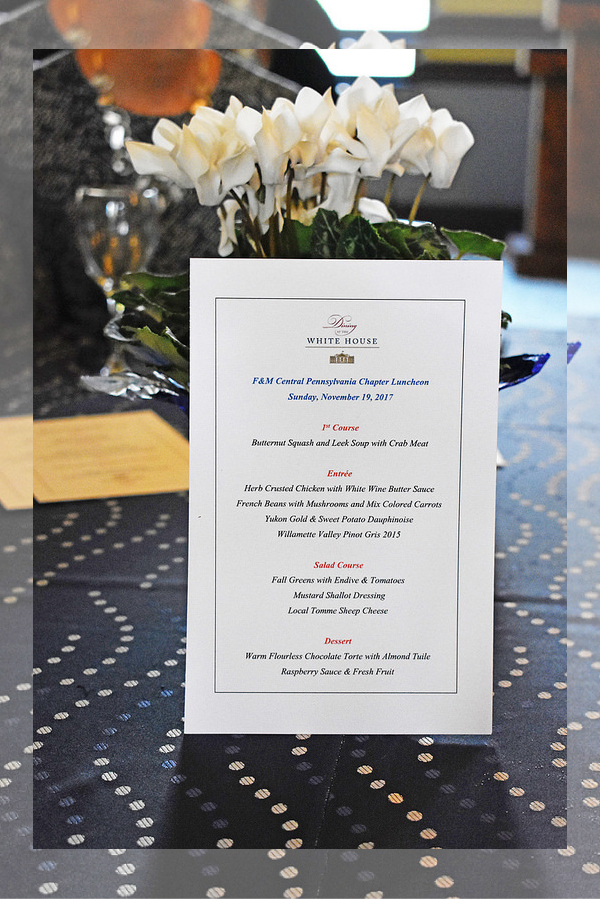
Garnet and Gold Wedding Place Card
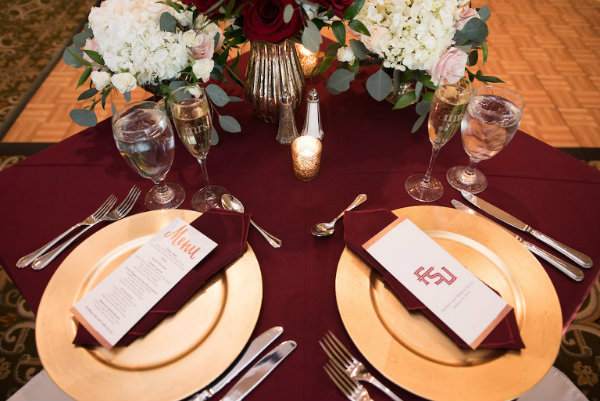
Singapore State Dinner Place Card
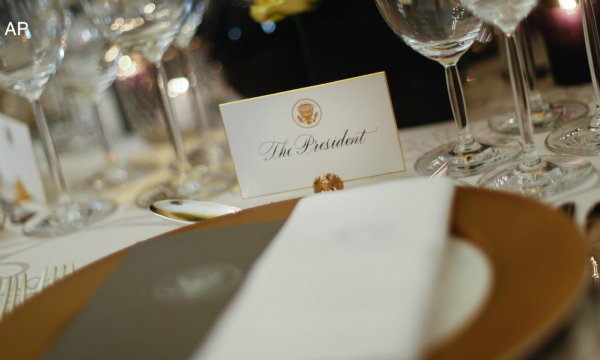
Spring Graduation Dinner Place Card
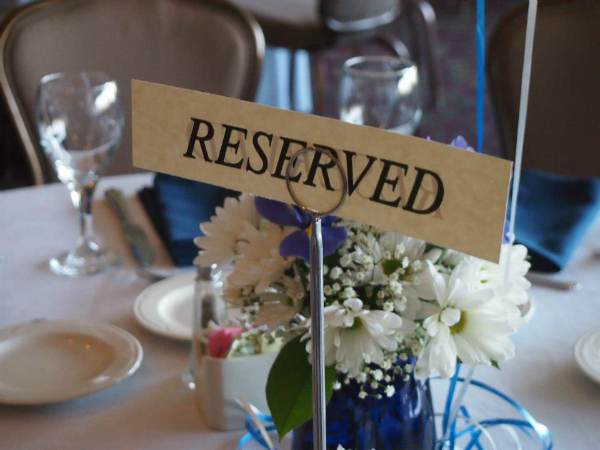
Summer Cabernet Dinner Place Card

Thanksgiving Place Card
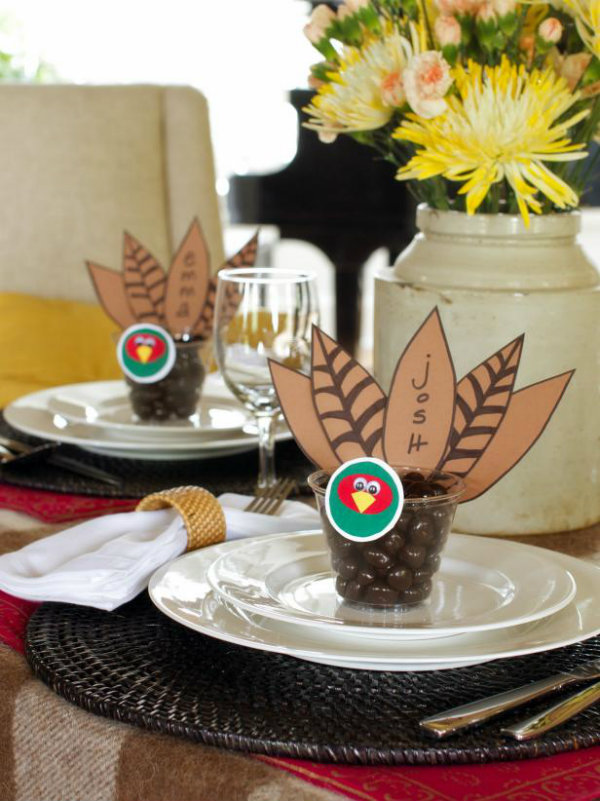
How to Create a Place Card Using Templates
As we already know, there are a lot of place card templates that can be found on different sites on the internet, and among the good ones are presented in the previous section. These templates will help you create a place card easily in no time. Here are the simple steps in creating a place card using templates:
1. Search for Available Templates: Apart from the ones we presented above, you can find a lot of templates and examples all over the internet. These sites provide you templates that are readily editable and can be easily customized. Choose a template that, although not your exact preference, would suffice your required design and format for your place card. Consider the type of event you are holding, for example, wedding, birthday, anniversary, among others, in deciding what design to choose. You must also consider the theme of your event just like those stated previously. You might want to take a look at birthday cards as an example.
2. Incorporate the Necessary Details: After you have chosen the most suitable place card template, incorporate all the other necessary details such as the name of the guest, the table number, as well as the additional theme-based design. The design of your template might not suffice and you might need to add other designs that are specific to the event such as logo design of the organizer or other brand identification.
3. Check and Recheck: No matter how urgent your place card printing is, see to it that before you print anything, you have already finalized and check everything—the designs, colors, names, and table number. Check if there are any misplaced graphics designs or some unwanted color change has been implemented. Also confirm if the guest names are indeed correct and there are no spelling mistakes. People normally do not want their names mispronounced, how much more misspelled.
Lastly, and more importantly, double-check if you have placed the correct table number on your place card. A one-digit error would result to a great impact when not spotted. For example, instead of 3, you typed 8 on the table number. What might happen on the seating arrangement? If the table is good for six persons, there will be seven occupants for one table and five for the other table. This might be tolerable in small events, but this can be unacceptable in large gatherings. Hence, be careful in typing table numbers as well guest names.
4. Choose Your Material: The material for your place card matters especially when you are holding an outdoor event. Although light materials are enough for indoor events, for outdoor gatherings, the place card materials must be durable and can stand on extreme weather conditions such as heat and moisture. The weather and location or venue must be among your top considerations when choosing and deciding for the material to be used for your place card. You might be interested in business cards.
5. Send to Printing Shops: Now that you have finalized and double-checked everything, look for printing shops that would print your place cards with high quality, not distorting your design or changing the colors that you have originally used as there are tendencies for some printers that the colors would change during printing because of low-quality printers.
Top Tips for a Well-Designed Place Card
Bear in mind these helpful tips to create a well-designed place card.
- Avoid overcrowding your place card. Make sure that the highlight is the name of the guest so he or she can immediately spot the area on where he or she must be seated.
- Choose appropriate design. Always keep in mind that your design must complement and must go with the theme of the event.
- Choose appropriate font type and size. The font type must be readable, and the font size must be big enough to be readable even from a distance.
Types of Place Cards
The general types of place cards are flat place cards and tent place cards. Other people would use different materials unique and distinct from the other place cards, and this will be discussed in the “Other Unique Place Cards” below.
- Flat Place Cards: Evidently, flat place cards are flat and often used in conjunction with a place card holder. However, there are also place cards that are plainly laid down on the table containing the name of the guest and the respective table number.
- Tent Place Cards: Also called foldable cards, these place cards are meant to be folded in half and can stand on their own. There are also tent place cards that contain a base for support. An advantage of tent place cards over flat place cards is that it can stand on its own without something else to hold them.
- Other Unique Place Cards: While card stocks or laminated papers are typically used in making place cards, some people would use other materials for their place cards. Some weird—but unique—objects that are used as card and card holders are leaves, sea shells, spoons, artichokes, glass, and even chicken wings! There might be any other ideas that you can unleash while squeezing your creative uses. So technically, there are unlimited options out there around you that you can use as your place card. No one is stopping you from creating unique place cards from unexpected objects. Hence, look around you and you might get some idea on what to use for your place card.
Place Card Sizes
Place cards are available in different sizes. The commonly used ones are as follows. Note that the sizes presented below are only for one face of a place card (in case of tent place cards).
- 4.5 × 2.5 inches
- 2 × 3.5 inches
- 3.9 × 2 inches
- 1.75 × 3 inches
- 3.62 x 2.12 inches
- 2.25 × 3.5 inches
Place Card FAQs
What is the purpose of place cards?
Weddings, dinners, anniversaries—these are just few of the many celebrations and events where place cards are commonly used. Place cards help guests and visitors find their seats even without the help of an usher as there are events where there are no ushers or the organizer simply wants to add a personal touch in the tables of the guests through the use place cards. Place cards will also help the other guests know and identify the person whom they are seated with or who takes a certain seat through the name on the name card. Moreover, there are instances where place cards also contain the menu of the event, so it is easy for the guests to choose their food and drinks.
When to use place cards?
Place cards are used during events or gatherings if the organizer wants to assign seats to the guests and visitors. This would help in avoiding crowding in one table while the only few people in other tables. Moreover, this would be of great help when there are no ushers to assist and guide the visitors to their respective seats.


